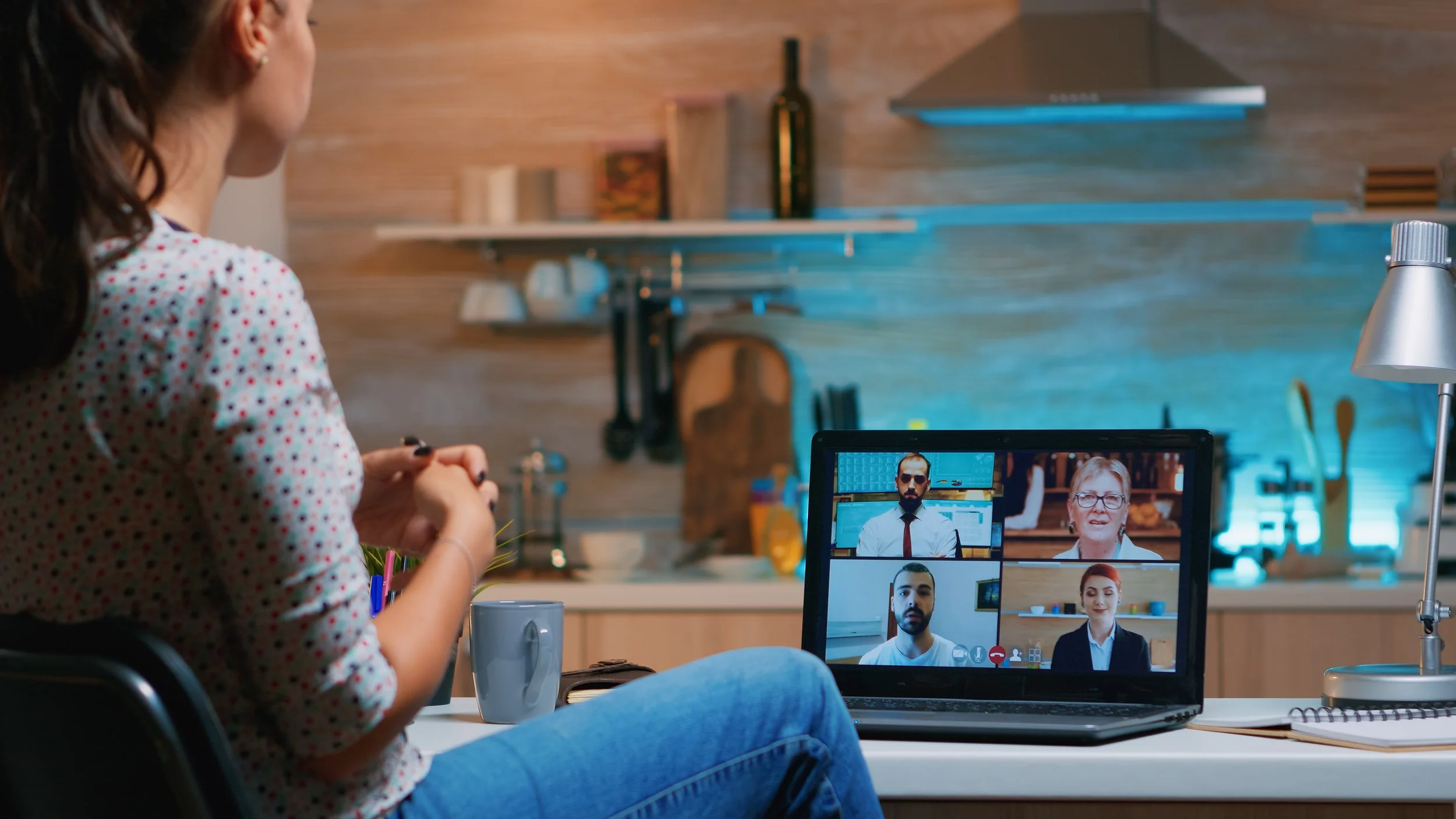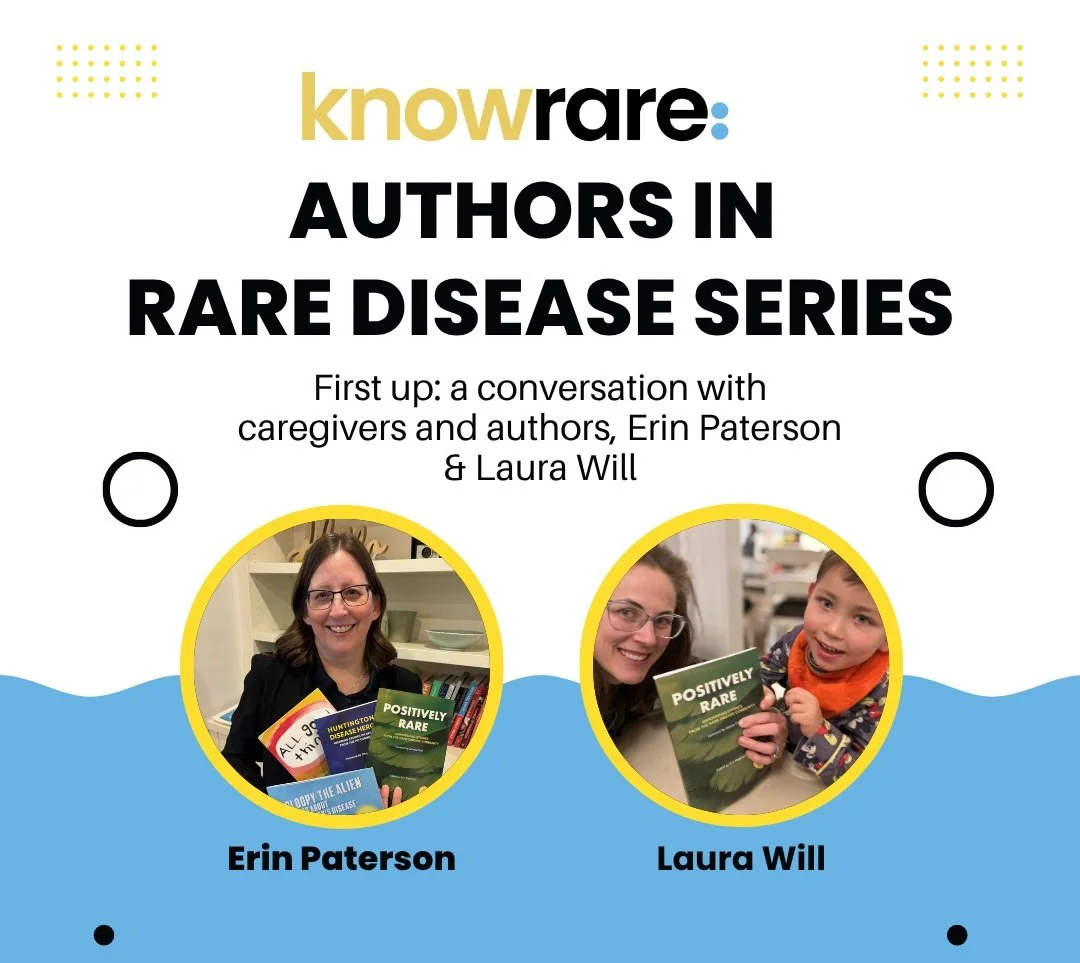Navigating Family Planning After a Child's Rare Disease Diagnosis
By Laura Will
Opaque, a future like dirt
inert but teaming with potential
I squint as if I could see
as if all the plotting
could control what creation sprouts
Meanwhile, I reach over the mattress to pinch
the fabric and below it back across itself
as it becomes a landing pad
for my little gymnast attempted somersault
Today I will fill up the gas tank,
pack school lunch, meet a deadline,
fold and scroll,
type, scribble, pick,
and sigh as I pull my fingertips along the earth
finding space enough
for one more seed
Within minutes of learning that our baby boy has a severe brain malformation, I was shakily signing a consent form labeled “Brain Malformation Genetic Screening.” Relationship to patient: Mother. We were told to expect results within eight weeks. The results were normal, no known genetic defects identified. It has now been two years, and we remain uncertain. We have completed all clinically available genetic screenings, submitted genomes to three research groups, and continue to have no answer to the looming question: why?
We have sought out second opinions and third opinions. The doctors say, “It looks genetic.” Something about how uniformly imperfect our son’s brain is indicates it is most likely written into his genetic code instead of being the result of a prenatal blood flow issue or viral attack. However, we have been told by his neurologists, by our geneticists, and by the researchers, that it was either an ultra-rare autosomal recessive issue or completely de novo. We are told that our risk of having another child with the same condition is either one in four (autosomal recessive) or somewhere between one in a hundred and one in a million (de novo). Most conversations end with furrowed brows and shrugged shoulders.
Alden’s brain malformation is an unsolved mystery. We cannot change the way his brain is formed, but we desperately want to understand it. We want lucidity as we think about having another biological child. And more remotely, we want genetic clarity for our neurotypical daughter, if she ever wants to procreate. If it’s autosomal recessive, there is a fifty percent chance that she has one faulty copy of the gene that has so dramatically altered her brother’s life. With no genetic diagnosis, there is no way to control the risk or even effectively screen for it prenatally. A future pregnancy journey, for myself or my daughter, would be riddled with what-ifs, extra scans, advanced testing, and perhaps the most challenging of choices.
In our family, the love is infinite and the joy is absolute. In many ways we are like any other family; however, as we navigate this decision to have another biological child, the math is painfully different. I feel overwhelmed by uncertainty, the possibility of genetic errors, and the fragility of life.
My hope currently resides with both the Rare Genomes Project in Boston and a research team at the University of Minnesota led by Dr. William Dobyns, who has devoted his life’s work to understanding the genetics of rare brain malformations. We flew out to meet him last July, and he looked at our son and told us he had seen five or six children like our son in his expansive career. These other patients could offer valuable genetic comparisons. Dr. Dobyns was almost giddy with the prospect that our son could be a key player in detecting a novel gene important in cortical brain formation. He said, “Get me your genomes, fully sequenced, and I will do all I can to find an answer.” He is our Sherlock Holmes, passionate, forthright, and blindingly intelligent. This began another odyssey that continues to this day.
The team sequencing our genomes is The Rare Genomes Project at MIT/Broad Institute in Boston. They received our blood samples in June 2021, and I not-so-patiently waited, calling each month for updates. I wonder if they can hear my biological clock ticking as loudly as I can. June 2021: “Yes, we received your blood samples.” July: “No updates.” August: “No, we have no updates”. September: “Please be patient.” November: “The genomes have been sequenced, sign this paperwork for data transfer.” December: “No, the data has not been transferred.” January: “The lawyers still need to review some paperwork.” Each time I picked up the phone to call, I was filled with grief and gratitude. Finally, at some point in February 2022, the data of nine billion base pairs — the codes that made my child, myself, and my husband — was uploaded to the cloud from Boston, and downloaded in Minnesota. Now, Dr. Dobyns’ work can begin. We are told to expect results in a year, or ten, or never.
Meanwhile, the team at Rare Genomes Project continues to work diligently in their ways, running our genome along with the genomes of hundreds of other families through different algorithms, combing the data for structural variants, deletions, and duplications. As new tools of analysis are developed or new genes associated with brain malformations are identified, the genomes will be intermittently reevaluated. Occasionally, a reportable finding is identified, and a family receives a call with information they will never forget. Most families never get that call. Most continue to live undiagnosed. When speaking to a researcher at the Rare Genomes Project, she said the most rewarding part of her work is talking to the families. Those conversations humanize the otherwise de-identified genetic materials. These researchers know that what is scientific data and algorithms to them is life and death to the families they represent.
Having a medically complex child changes a family in many ways - emotionally, financially, and physically. The decisions that come up every day are more nuanced. When I look at my son, I am both joyful and heartbroken. When my husband and I consider another pregnancy, another fragile life, there is no right or wrong decision. But, any decision feels uncomfortable. After our best calculations are complete, there are still many unknowns and no clear timeline for answers. Other questions remain: do we have the bandwidth? And, if so, are we courageous enough?
About Rare Resiliency:
Rare Resiliency is a monthly column written and/or curated by Laura Will. This column explores the concepts and skills that play a protective role against chronic and acute stress. Each article challenges and encourages the reader to continue to develop that inner steadying strength as they face illness and uncertainty, sorrow and joy.































